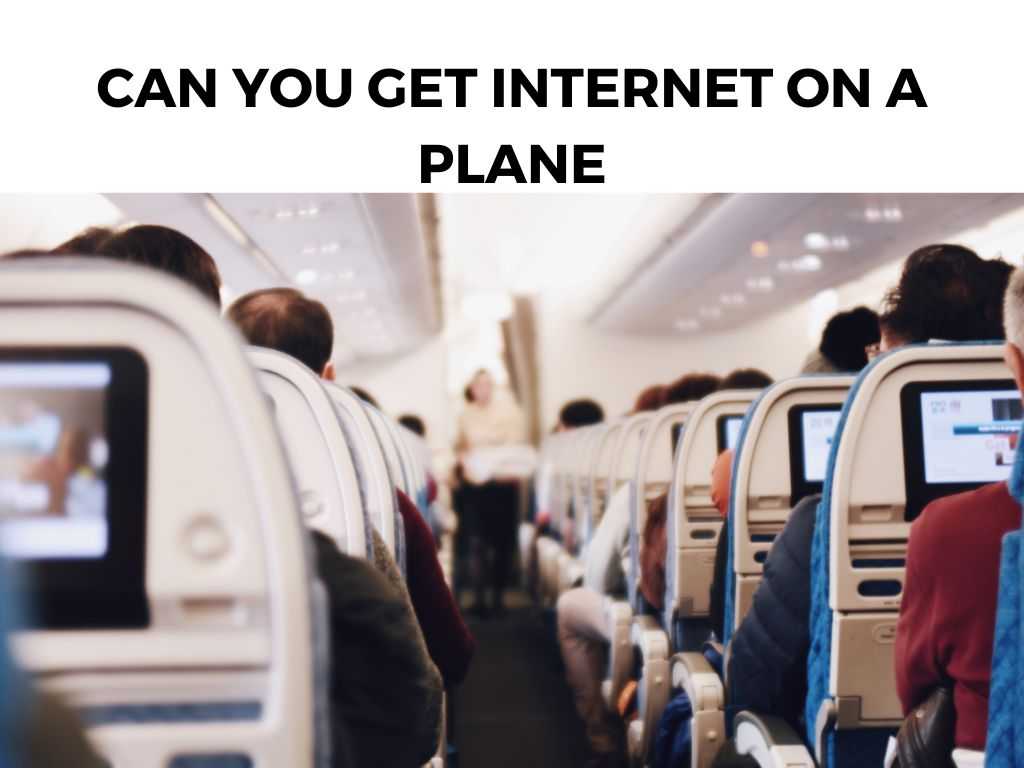
TL;DR: Yes, you can get internet on a plane, but its quality, speed, and price can vary. For optimal experience, I recommend understanding the airline’s service offerings and planning your activities accordingly.
Scroll down to get a detailed answer
Table of Contents
Understanding In-Flight Internet: How Does It Work?
Before we get into the nitty-gritty, let’s clarify how in-flight internet functions. Airplanes connect to the internet in two primary ways:
- Air-to-Ground (ATG): A network of ground-based towers sends signals to the aircraft. It’s similar to how mobile phones connect to cellular towers.
- Satellite: The plane connects to satellites in geostationary or low-Earth orbit. This provides a broader coverage, especially over oceans.
Is the In-Flight Internet Worth It? Let’s Review.
- Price: Most airlines offer tiered pricing. You might get a basic messaging plan for a few dollars, but streaming and high-speed browsing will cost more. Some airlines offer a flat rate for the entire flight, while others charge by the hour.
- Speed and Data Allowance: Speed can be inconsistent. On some flights, you may enjoy speeds comparable to a good mobile connection, while others may remind you of the dial-up era. Some airlines might also have a data cap, especially on busy routes.
- Real-World Use:
- Work: If you’re planning to catch up on emails and do light browsing, most in-flight services will suffice. However, if your work involves heavy data use, like video conferencing, you might be disappointed.
- Entertainment: Streaming is hit-or-miss. While some airlines offer their entertainment systems via Wi-Fi, using services like Netflix can be challenging unless you’re on a top-tier plan.
Personal Insight: From my experiences, I recommend downloading essential files and videos before the flight. This ensures you’re not solely reliant on the in-flight internet.
Pros and Cons of Using In-Flight Internet
Pros:
- Stay connected with family and work.
- Kill time on long flights with browsing and streaming.
- Some airlines offer free basic messaging, allowing you to chat on platforms like WhatsApp.
Cons:
- Can be expensive for what you get.
- Unpredictable speed and performance.
- Potential data caps might limit what you can do.
Note: Always read the terms and conditions before purchasing any in-flight internet package. It’s vital to appreciate how far in-flight internet has come. Initially, in-flight Wi-Fi was a novelty, available only on select flights and with agonizingly slow speeds. Over the years, with advancements in technology and growing passenger demand, airlines have made significant investments to upgrade their systems. However, given the technical challenges of providing internet in a moving aircraft, it’s been a slower progression than terrestrial internet. Several factors can affect the quality and speed of your in-flight internet: Note: When booking your flight, you can check the aircraft type and then do a quick search on its Wi-Fi capabilities. It’s a little extra homework but can make a difference in your in-flight experience. If staying connected while airborne is crucial for you, here are some pointers: A question I often encounter is, “Can I use my phone’s hotspot on a plane?” The answer is typically no. Using personal hotspots can interfere with aircraft systems and is generally prohibited. Rely on the aircraft’s provided Wi-Fi for the best experience. Let’s break down the value proposition. Here’s what you’re potentially getting and giving up with in-flight internet: Considering these factors can help you decide if in-flight Wi-Fi is worth it for you. From my experience, I recommend setting clear expectations. If you’re hoping to stream a high-definition movie without buffering, you might be setting yourself up for disappointment. With technology advancing at a rapid pace, the future of in-flight internet looks promising. Companies are investing in low-Earth orbit satellites, which could drastically improve the speed and reliability of connections. Airlines are also cognizant of the growing demand for quality Wi-Fi, making it a focal point of their customer experience strategies. The skies aren’t as disconnected as they used to be. While in-flight internet has made significant strides, it still lags behind our ground-based experiences. If staying online is crucial for you, then the convenience might justify the price. However, if you’re looking for high-speed, uninterrupted streaming or work capabilities, be prepared for potential turbulence in your online experience. While possible, I recommend using the airline’s entertainment system for a smoother experience. Some airlines occasionally run promotions or partnerships that offer complimentary internet, but it’s not standard across the industry. Like all public Wi-Fi networks, there are potential risks. I recommend using a VPN for added security.Steps to Getting Internet on a Plane
The Evolution of In-Flight Internet
Factors Affecting In-Flight Internet Quality
Maximizing Your In-Flight Internet Experience
In-Flight Internet vs. Personal Hotspots
Cost-Benefit Analysis
Benefits:
Trade-offs:
The Future of In-Flight Internet
Conclusion
FAQs
Can I use my own streaming services on the plane?
Are there any airlines that offer free in-flight internet?
Is using in-flight internet safe?
Was this helpful?


